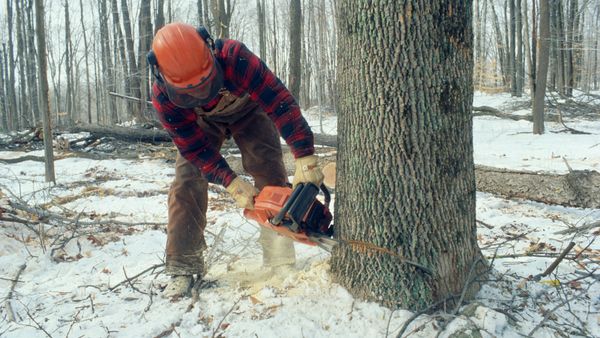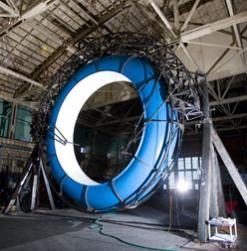An ordinary drill press is built to support medium-sized pieces of wood and metal. If you need to work with large samples, it's worth investing in a drill press table. This way, you can rest your sample on the table and not be concerned about it falling or sliding off. Attach the metal base of the drill press to your drill press table using lag bolts for extra stability. Use the table's built-in clamps to lock the sample into place.
Your drill press is primarily built to bore holes into metal or wood, but using a drill press table can improve the precision and types of holes you can make. A table that is able to tilt will allow for more exact angle drilling.
Advertisement
It's worthwhile building or buying a drill press table with a double-layered surface, so that the upper layer (usually made from plywood) can be removed and replaced after being worn down by use. The double layer also makes the table more rigid and strong. If you're building the drill press table yourself, cut and prepare the replacement pieces for the tabletop at the same time.
An adjustable, hardwood fence on the drill press table should be able to slide along T-shaped grooves to the right and left, as well as forward and backward. The fence has support braces to affix the fence squarely to the table at the drilling point. Built-in stops can be attached to the fence to allow you to make an exact pattern of holes, such as for doweling or for chain drilling. Each stop is a block of wood with an indexing strip on one side, to fit into the T tracks of the table.
Keep spare bits, wrenches and chuck keys in the drawers beneath the drill press table for easy access.
Advertisement

